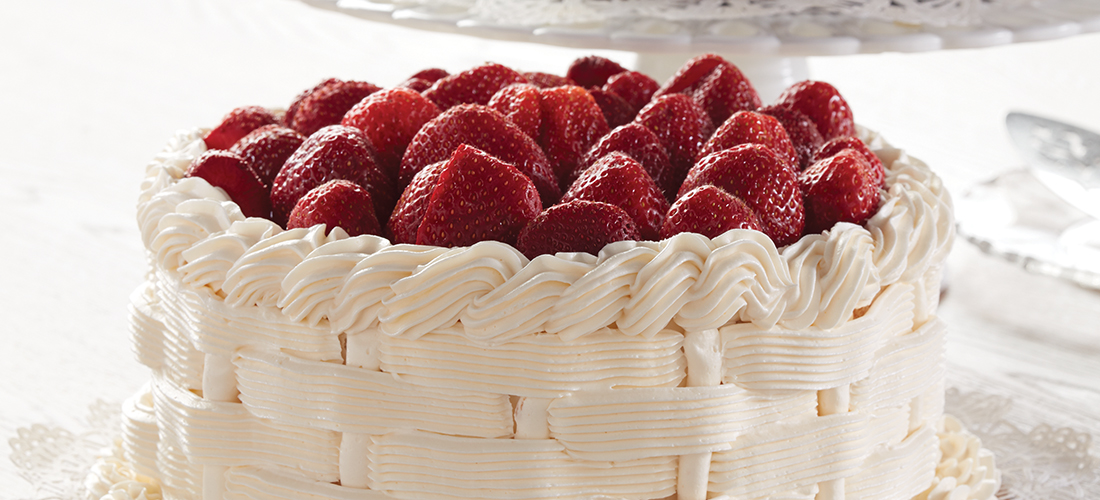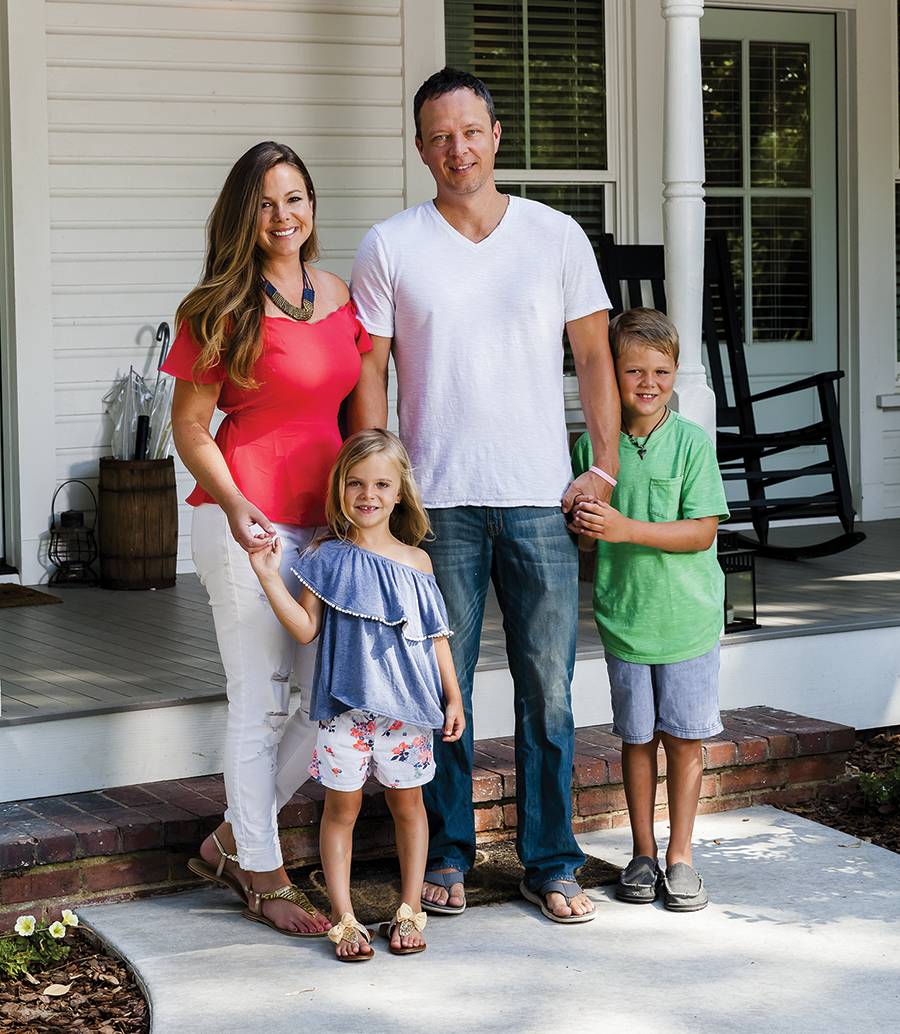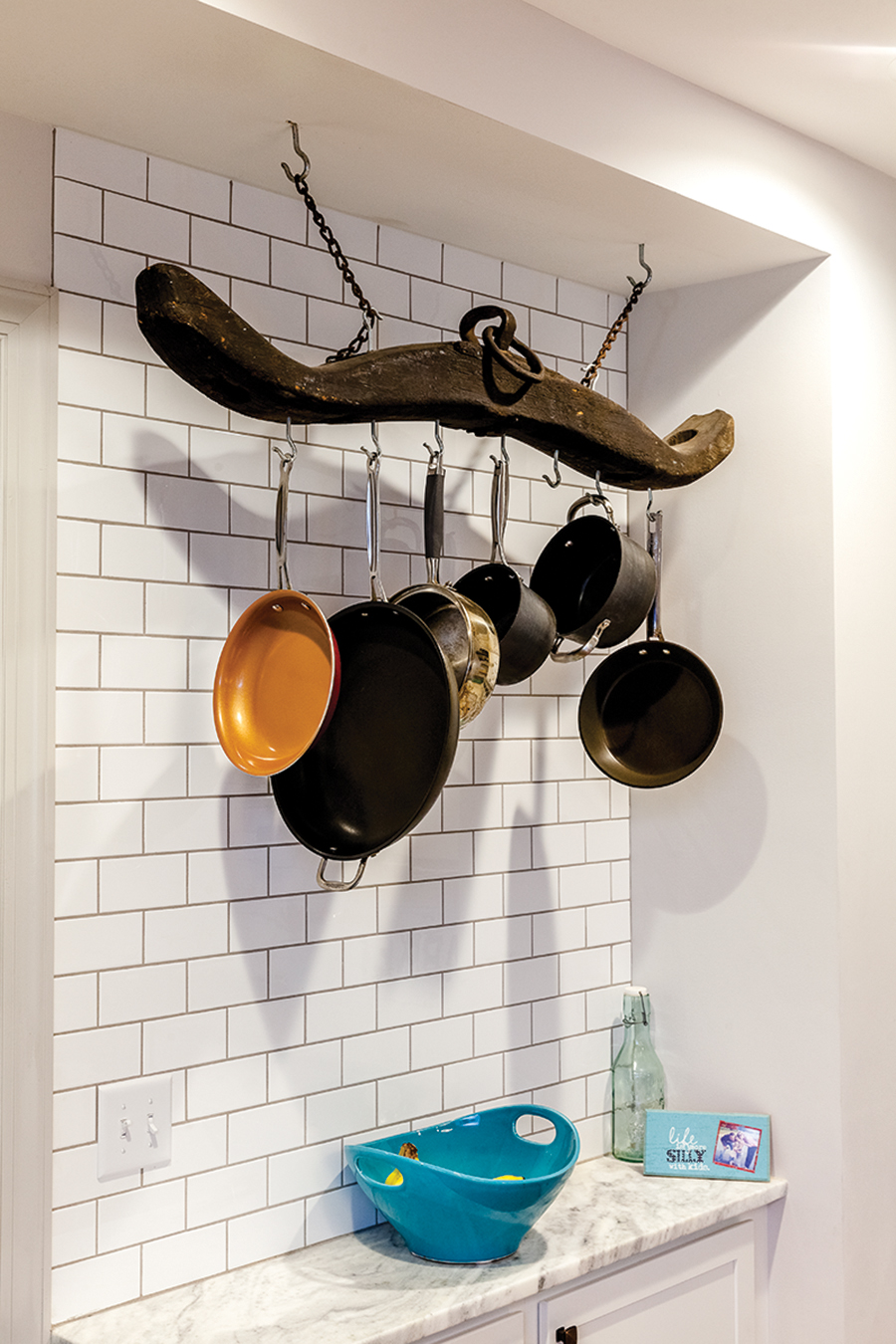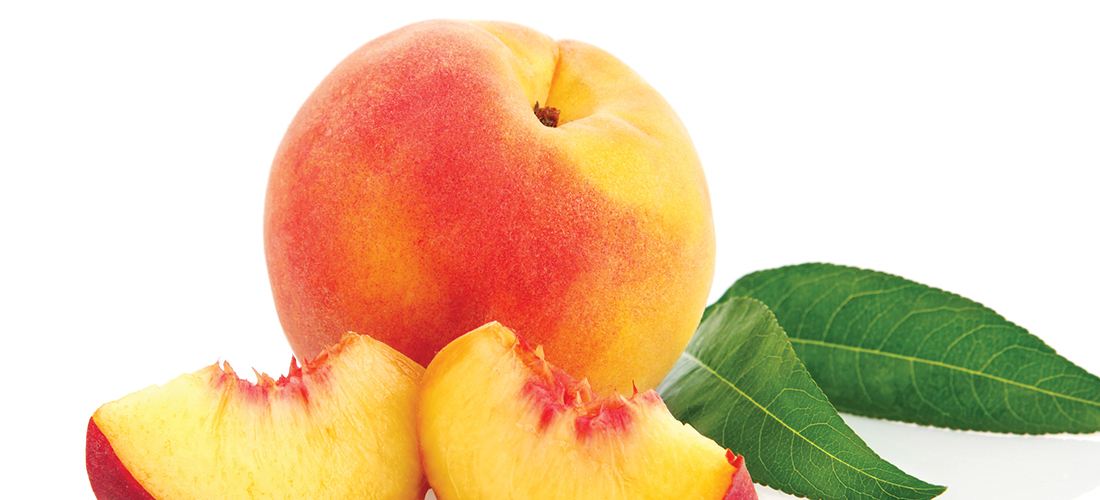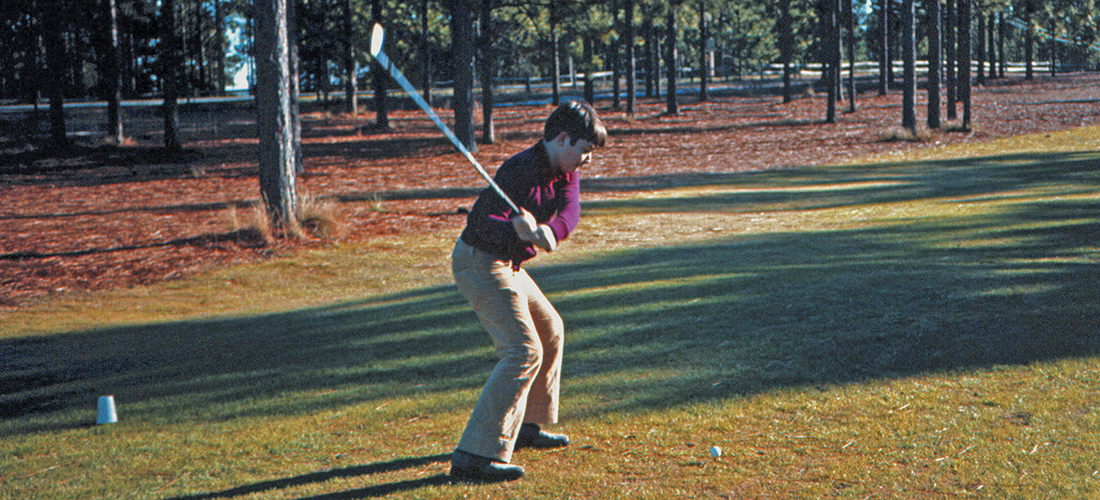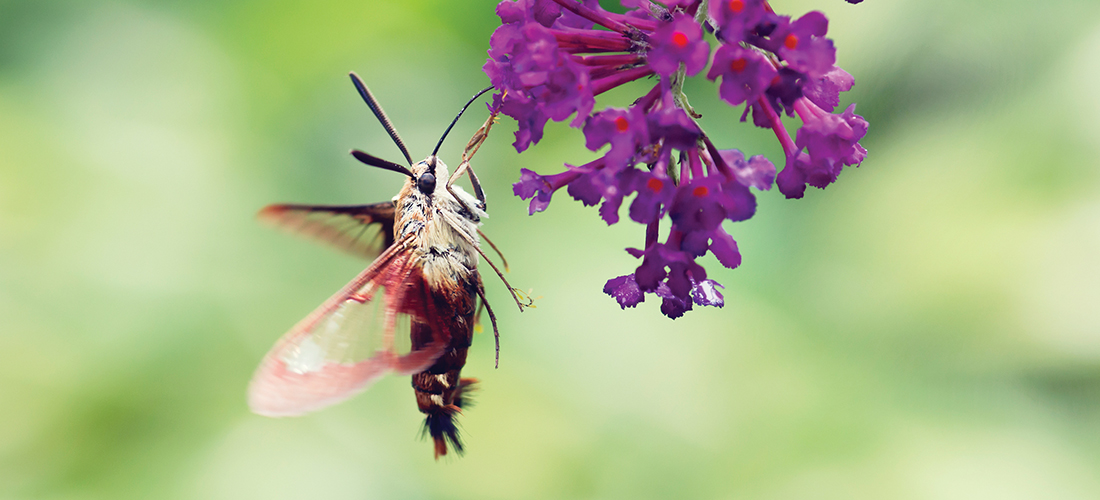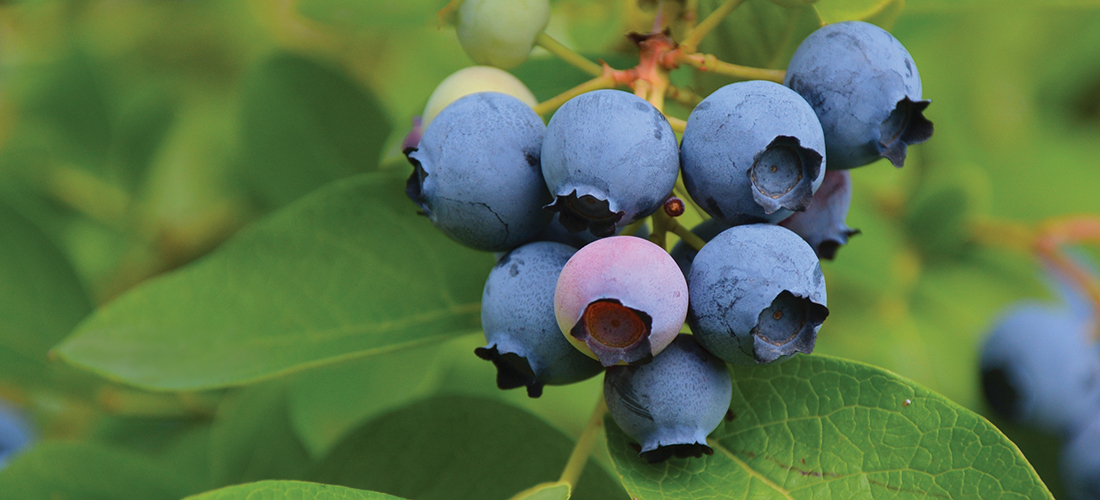By Jim Dodson • Photograph by Mark Wagoner
Before our second official date two decades ago, my wife-to-be Wendy put me to work boxing up wedding cakes.
Please note that I said “cakes.” For there were more than 100 of them — perfect little wedding cakes meant for two, gorgeously decorated confections created for a Bridezilla who believed all guests deserved their own personal wedding cake.
“She saw it in a magazine and went to all the local bakeries but nobody wanted to take on the job,” Wendy explained with a laugh as we set about carefully boxing up the baby bridal cakes. Once they were packaged, they were ferried into the kitchen by various neighbors in her cul-du-sac in Syracuse, N.Y., who’d graciously offered their refrigerators for storing the miniature works of art.
Following the delivery, she even rewarded me for my assistance with a cake that didn’t make the final cut. It was spectacularly good, some kind of buttery white cake with a raspberry filling. The bride, for the record, was over the moon with the diminutive delicacies.
Over dinner later that night, I asked Wendy how she had developed her cake-making chops. She explained that she’d always been the natural baker in her family of three daughters, but really found her footing when Karen, her middle sister (Wendy is the eldest) needed a wedding cake. Wendy offered to make it, expertly copying an elaborate cake fromMartha Stewart’s 1995 bible on nuptials, Weddings.
The cake apparently was a big hit and word quickly circulated. Within a relatively short time Wendy had developed a cottage industry she called The Cake Lady and saw a steady stream of folks wanting cakes for all occasions showing up on her suburban Syracuse doorstep. By then she had deepened her considerable knowledge of cake-making by taking an advanced course in the craft and by devouring every classic and modern book she could find on the subject of making cakes.
One afternoon not long after my serious courtship of her commenced, I breezed into her kitchen and saw a large wicker basket filled with fresh-popped popcorn sitting on her kitchen counter. I blithely grabbed a handful of it, discovering, to my horror and embarrassment, that I was holding a gooey glob of icing. The cake was actually a groom’s cake, meant for a fellow whose favorite snack food was popcorn.
I was caught literally licking my fingers — the icing was excellent — when my own unflappable girlfriend entered the kitchen, took one look at my boneheaded gaffe, laughed it off and got to work repairing the damage. Soon that basket of “popcorn” was as good as new — and I knew without question this gal was the one for me.
Two years later, she made our own stunning wedding cake crowned by a bouquet of beautiful summer flowers for the rowdy lobster bake and reception we threw under a harvest moon on our forested hilltop in Maine. A crowd of 100 was expected. A crowd at least half again that size showed up.
The cake was gone within minutes after we cut the first piece, which I never even got a taste of (only the remnant cake tops saved in the refrigerator), an indication not only of how beautiful Wendy’s cakes typically are but — far more important in her view — how delicious.
Over the next decade, as the schoolteacher, wife and part-time baker made cakes for every sort of occasion for friends, co-workers and relatives — rarely charging anything save for major wedding cakes — I was often pressed into service as the cake delivery man and general factotum.
There were some memorable near disasters — like the three-pedestal all-butter cream wedding cake some mad bride in love with the fountains of Versailles ordered for the hottest summer day in Maine. As it sat in an unair-conditioned alumni house on the Bowdoin College campus, there was an interminable delay during which the butter cream began to melt and the entire back of the cake ran downhill. I received a remarkably calm telephone call from Wendy asking me to bring several of our children’s wood alphabet blocks, a screwdriver and some shims to the alumni house. By the time I got there, she’d managed to somehow recreate the back of the cake and soon stabilized the pedestals with the aforementioned blocks. Talk about grace under fire — or heat wave, as it were.
Then there was the wedding party where, moments after we delivered the cake, the groom’s auntie slapped the bride’s mother and all hell broke loose — almost taking Wendy’s beautiful cake with it.
After that, Wendy more or less hung up her wedding cake apron and concentrated simply on making outstanding cakes for friends and family. In our household, the joke is that mama’s cake tops — the portion sliced off the top of a baked cake to allow a flatter surface for decorating — are works of art in and of themselves and never fail to disappear to the last crumb.
Requests for her cakes always seem to surge at the holidays and in summer, when friends are going away and need something special for family dinners.
These two summer standouts are my favorites: a spectacular coconut cake and a strawberry-whipped cream cake that never fails to set picky brides aswoon.
Like all gifted bakers, the former Cake Lady is happy to share her favorite recipes — especially since her husband no longer has to worry about delivering them.
Coconut Cake
Icing:
6 cups confectioners’ sugar
6 sticks (1/2 cup each) of unsalted butter
1 tablespoon vanilla
1/4 cup coconut milk
Combine all ingredients in the bowl of an electric mixer and beat on high for 10 minutes.
Cake:
2/3 cups of unsalted butter
2 1/2 cups of sifted cake flour
1 2/3 cups of sugar
1 teaspoon salt
3 1/2 teaspoons of baking powder
1 1/4 cups milk
1/2 cup coconut milk
3 eggs
1 teaspoon vanilla
One large bag of unsweetened, grated coconut
Preheat oven to 350 degrees.
Lightly butter and flour the bottom and sides of two 9-inch cake pans (or use Baker’s Joy spray).
In the bowl of an electric mixer, combine the flour, sugar, salt and baking powder. Mix for 30 seconds.
Add the remaining butter and 1/4 cup milk and coconut milk and start beating. While beating, add another 1/2 cup milk.
Add eggs, the remaining 1/2 cup milk and vanilla. Beat 2 minutes longer. Pour equal amounts into each pan and bake 35 to 40 minutes.
Let pans stand for 5 minutes and then remove cakes to cooling racks.
To Assemble:
Set one layer on a cardboard round. Spread one cup of icing on the top of the first layer and generously sprinkle grated unsweetened coconut on top. Place second layer on top and ice the top and sides with the coconut icing. Sprinkle coconut on top and sides of cake, pressing coconut into sides as you go. Serve!
Whipped Cream Strawberry Cake
Icing:
6 cups confectioners’ sugar
6 sticks (1/2 cup each) of unsalted butter
1 tablespoon vanilla
1/4 cup heavy cream
Combine all ingredients in the bowl of an electric mixer and beat on high for 10 minutes.
Remove 1 1/2 cups of icing and beat in 1/3 cup of strawberry purée (recipe below)
Strawberry purée:
2 cups fresh or frozen strawberries (if using frozen store-bought strawberries, use unsweetened)
1 teaspoon sugar
Combine and purée in the bowl of a food processor.
Cake:
2 cups sifted cake flour
1/2 teaspoon salt
3 teaspoons baking powder
3 egg whites
1 cup (1/2 pint) heavy cream
1 1/2 cups sugar
1/2 cup cold water
1 1/2 teaspoons vanilla extract
Preheat oven to 350 degrees. Lightly butter and flour the bottom and sides of two 8-inch cake pans (or use Baker’s Joy spray).
Sift the flour, salt and baking powder together three times and set aside. Beat the egg whites until stiff but not dry. Whip cream until stiff and fold into eggs. Add sugar gradually and mix well, folding in with a rubber spatula. Add dry ingredients alternately with water in small amounts, beginning and ending with the flour mixture. Blend well. Pour equal amounts into the pans and bake until the center is set, about 30–40 minutes. Let cool in pans for 10 minutes and then remove to cooling racks.
To Assemble:
Spread the strawberry icing in the middle. Top with second layer and cover the entire cake with the vanilla frosting. Add decorative boarders on top and bottom. Fill in top with fresh strawberries. Serve with additional strawberry purée on side. PS

